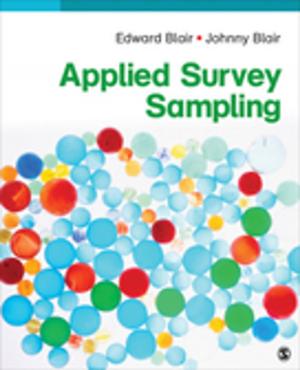America's Foreign Policy Toolkit
Key Institutions and Processes
Nonfiction, Social & Cultural Studies, Political Science, International, International Relations| Author: | Charles A. Stevenson | ISBN: | 9781452289908 |
| Publisher: | SAGE Publications | Publication: | October 2, 2012 |
| Imprint: | CQ Press | Language: | English |
| Author: | Charles A. Stevenson |
| ISBN: | 9781452289908 |
| Publisher: | SAGE Publications |
| Publication: | October 2, 2012 |
| Imprint: | CQ Press |
| Language: | English |
How is foreign policy in the United States really crafted? In America's Foreign Policy Toolkit, Charles A. Stevenson identifies what the key foreign policy tools are, which are best for which tasks, and what factors constrain or push how they're used, bringing fresh insight into the challenges facing national security decisionmakers. Engagingly written with examples drawn from "behind the scenes," Stevenson brings depth and dimension to the institutions and processes of foreign policy.
This brief text looks first at the historical context and then in turn at the tools available to the president and congress, and to the shared budgetary tools. The following section surveys each of the diplomatic, economic, military, intelligence, homeland security, and international institutions instruments. The book concludes by considering the limitations of the U.S. toolkit. Each chapter ends with a case study that connects the theory of the toolkit with the realities of decisionmaking.
How is foreign policy in the United States really crafted? In America's Foreign Policy Toolkit, Charles A. Stevenson identifies what the key foreign policy tools are, which are best for which tasks, and what factors constrain or push how they're used, bringing fresh insight into the challenges facing national security decisionmakers. Engagingly written with examples drawn from "behind the scenes," Stevenson brings depth and dimension to the institutions and processes of foreign policy.
This brief text looks first at the historical context and then in turn at the tools available to the president and congress, and to the shared budgetary tools. The following section surveys each of the diplomatic, economic, military, intelligence, homeland security, and international institutions instruments. The book concludes by considering the limitations of the U.S. toolkit. Each chapter ends with a case study that connects the theory of the toolkit with the realities of decisionmaking.















